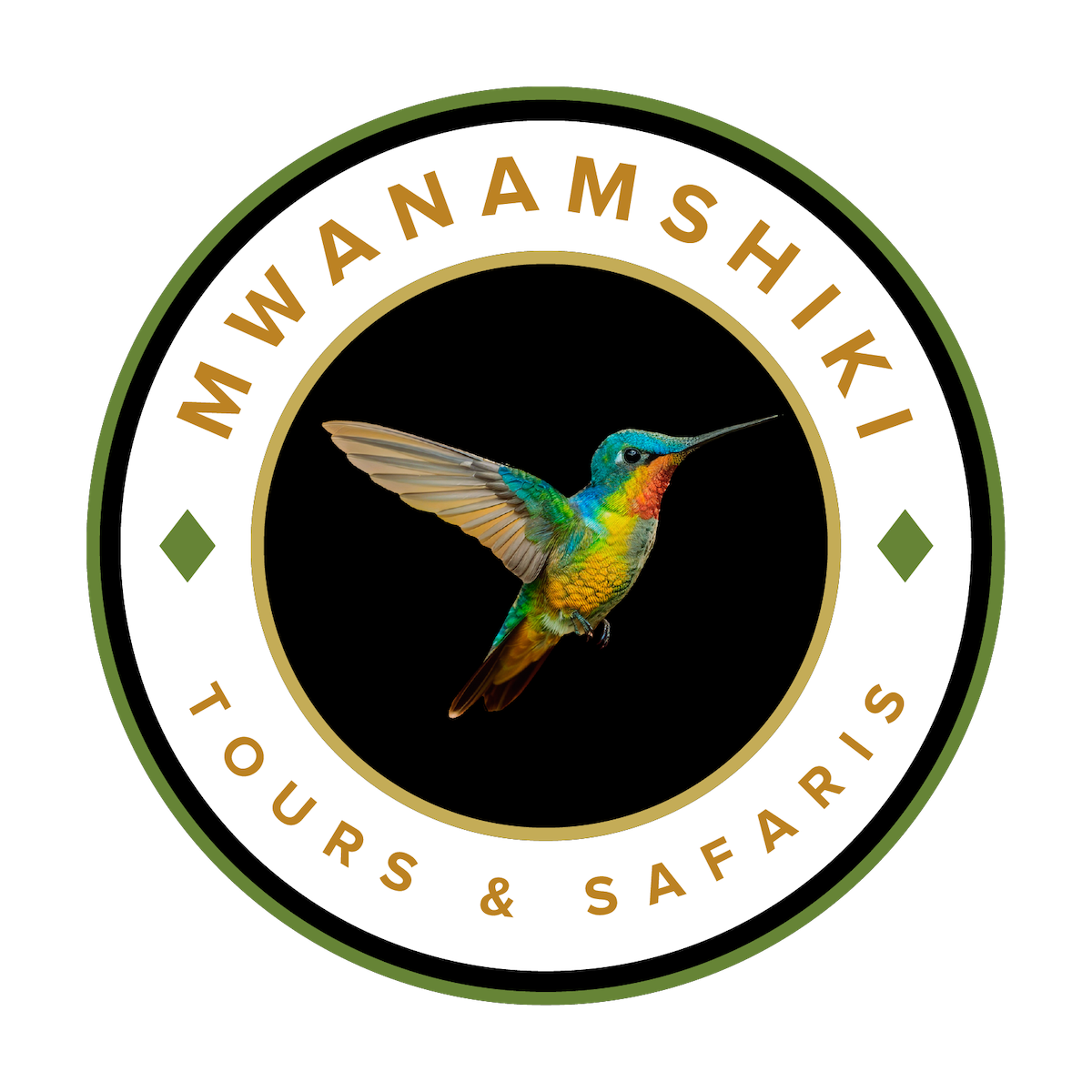Destinations
Lake Manyara National Park
The Home of Tree Climbing Lions
Nestled in the heart of northern Tanzania, Lake Manyara National Park is a breathtaking gem among the country’s safari destinations. Spanning 330 square kilometers, this captivating park dazzles visitors with its stunning variety of landscapes from shimmering soda lakes and lush groundwater forests to expansive woodlands teeming with life.
Cradled beneath the dramatic escarpment of the Great Rift Valley, Lake Manyara is a must-visit highlight on Tanzania’s iconic Northern Safari Circuit. Often a scenic stopover en route to the Serengeti or Ngorongoro Crater, the park offers an unforgettable blend of land and water ecosystems. A paradise for bird lovers, wildlife photographers, and nature seekers, Lake Manyara promises an immersive and enriching safari experience like no other.
Attractions in Lake Manyara National Park
Lake Manyara
At the heart of the park lies Lake Manyara, a shallow, alkaline soda lake that covers nearly two-thirds of the park’s surface. This shimmering expanse reflects the sky in dazzling colors and plays host to thousands of flamingos, pelicans, and other water birds.
During the wet season, the lake swells with life and becomes a hub for migratory species, while in the dry season, its receding waters create surreal salt flats that stretch toward the horizon. Whether you’re photographing its mirror-like surface or watching birds in flight, the lake offers breathtaking scenery at every turn.
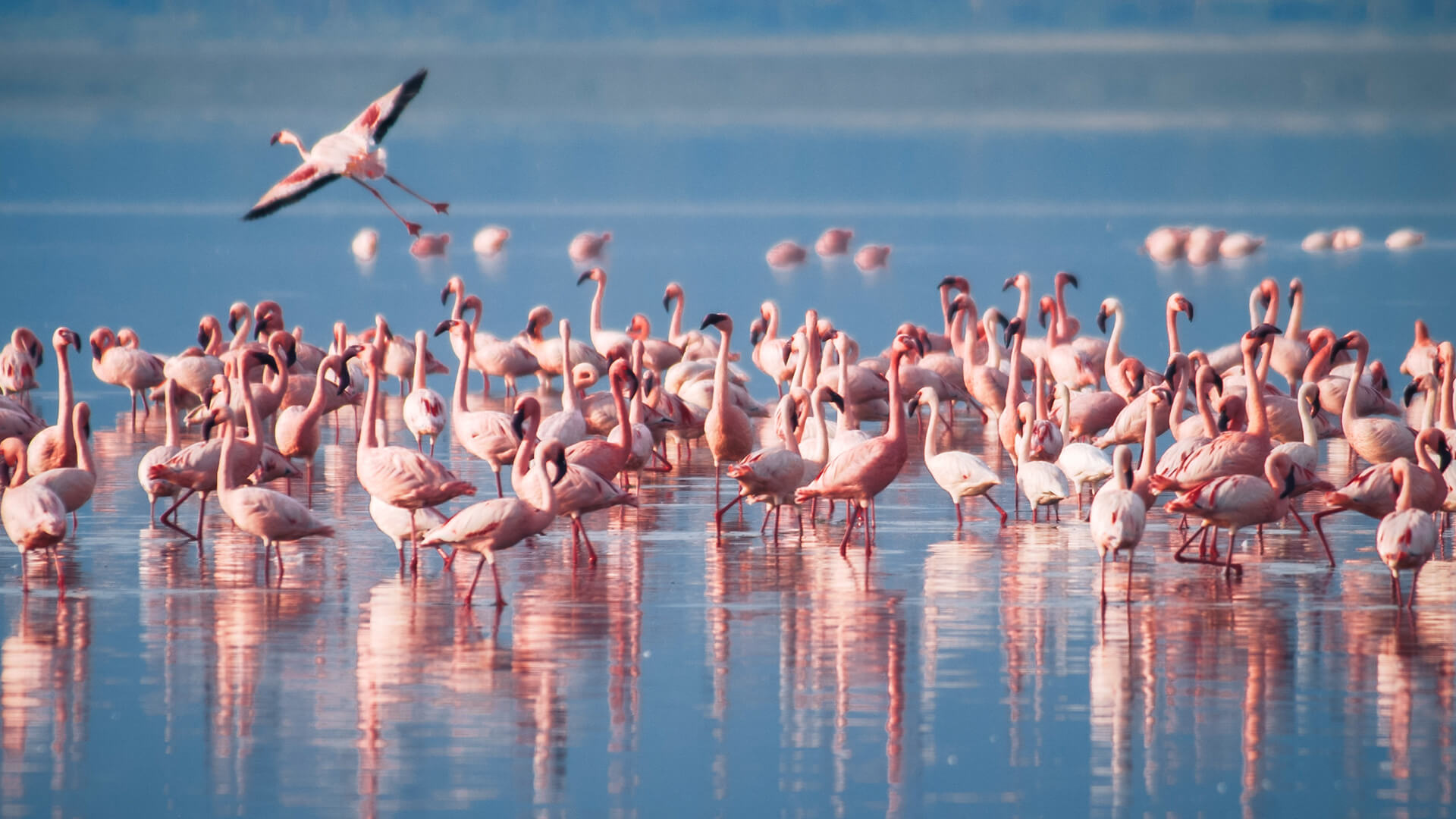
Tree Climbing Lions
One of the park’s most iconic and unusual attractions is its population of tree-climbing lions. Unlike their counterparts in other regions, these lions have developed the rare habit of lounging in acacia trees a behavior that remains largely unexplained. Visitors often spot them draped over branches, basking in the sun or scanning the savannah below.
This extraordinary sight makes Lake Manyara one of the few places in Africa where this phenomenon can regularly be observed, drawing wildlife lovers and photographers from around the world.
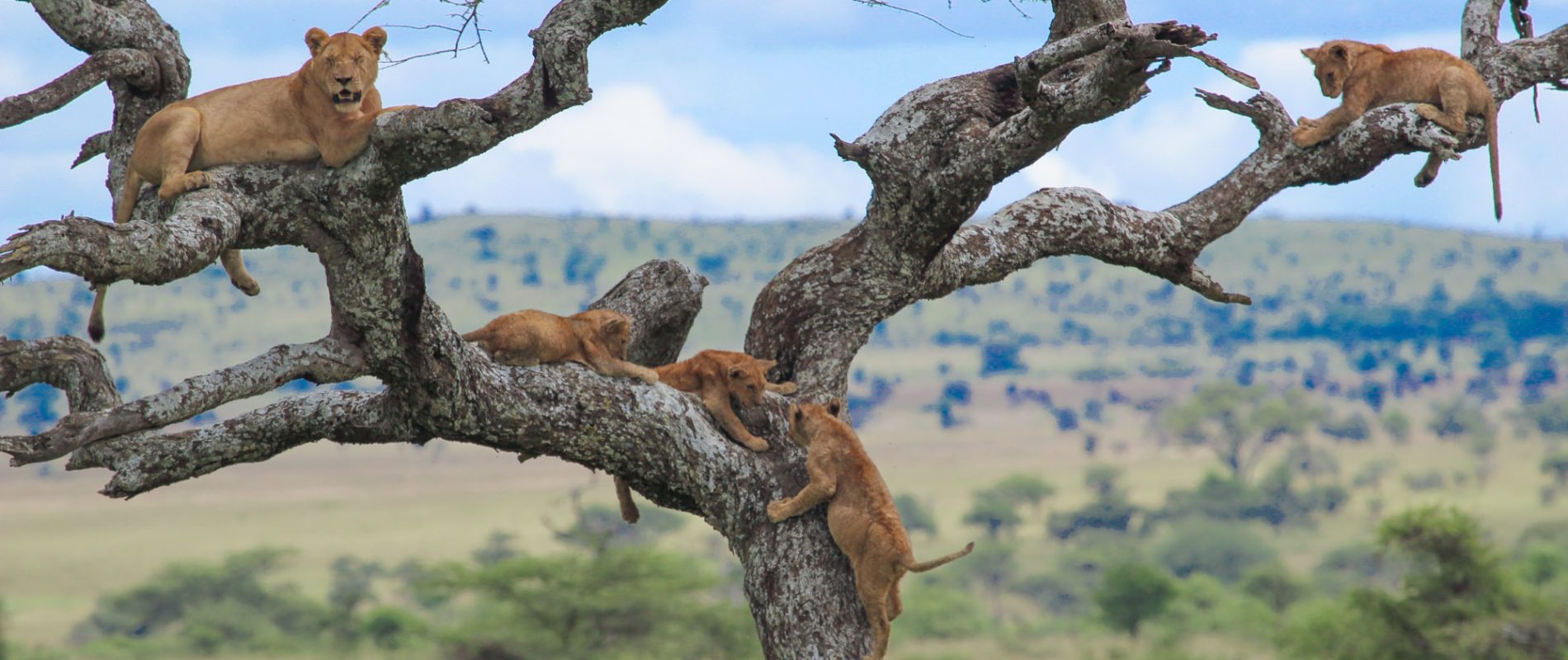
Bird Watching Paradise
Lake Manyara is a bird lover’s dream, boasting over 400 recorded bird species. The park’s diverse ecosystems from wetlands and forests to open grasslands provide ideal habitats for a wide range of birds, both resident and migratory. Flamingos, herons, egrets, kingfishers, and hornbills are just a few of the species you might encounter. Whether you’re a seasoned birder or simply enjoy the beauty of colorful wings in flight, the variety and vibrancy of birdlife here are truly mesmerizing.
Located in central Serengeti, the Seronera River is a year-round water source and one of the park’s best game-viewing areas.
This lush valley attracts a high concentration of animals and predators, especially lions, cheetahs, leopards, and hyenas. The mix of open plains and wooded riverbanks makes it perfect for photography and game drives.
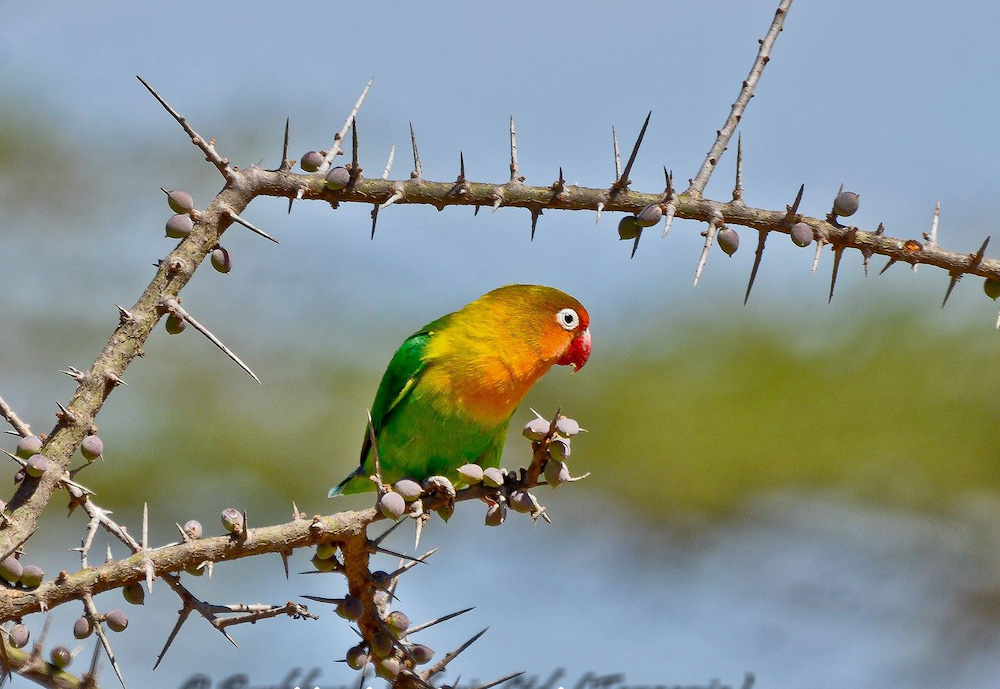
The Great Rift Valley Escarpment
The park is dramatically framed by the towering walls of the Great Rift Valley escarpment, a geological wonder that adds immense visual impact to the landscape.
Rising over 600 meters above the valley floor, the escarpment offers sweeping views across the lake and surrounding plains. Its rugged cliffs also provide habitats for baboons, leopards, and birds of prey. The contrast between the steep, forested slopes and the flat, shimmering lake creates one of the most photogenic scenes in East Africa.
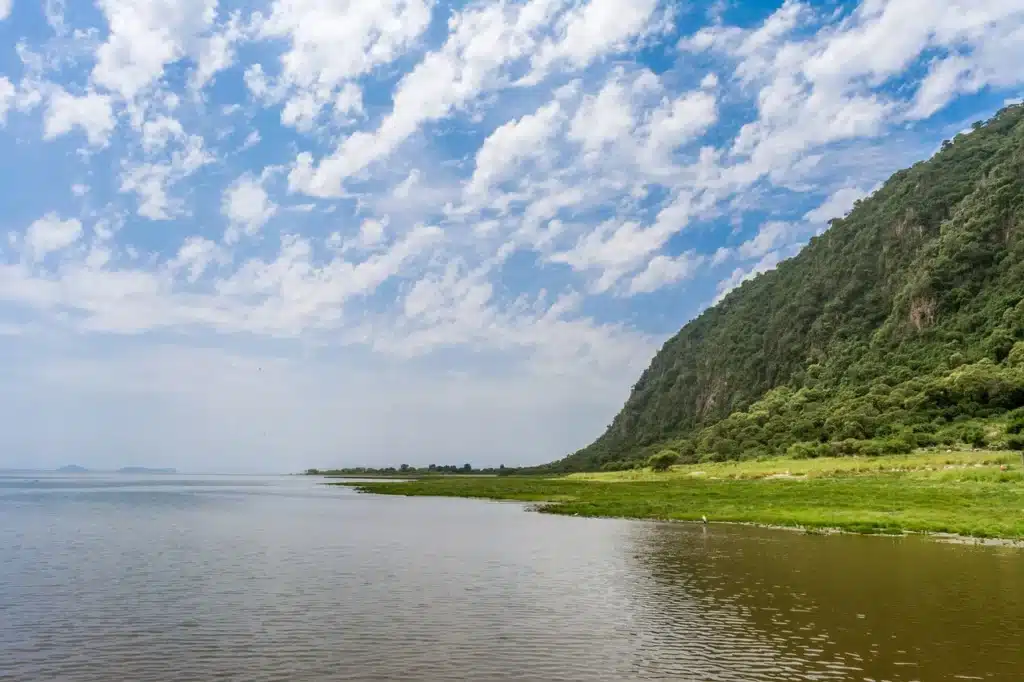
Lake Manyara Forest
At the entrance of the park lies the Lake Manyara Forest, a lush groundwater forest sustained by springs flowing from the escarpment.
This green haven feels almost tropical, with dense canopies of fig, mahogany, and tamarind trees. It’s home to large troops of baboons (among the biggest in Africa), playful blue monkeys, and frequently seen elephants moving gracefully through the trees. The forest offers a cool, serene contrast to the open plains and is rich with life, sound, and shade.
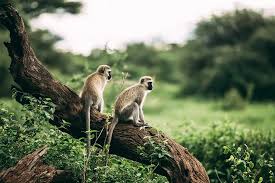
Things to Do / Activities in Lake Manyara National Park
Game Drive Safari
A game drive through Lake Manyara is the best way to explore its rich and varied landscapes. From dense forests to open grasslands and lakeshore floodplains, every part of the park offers something unique.
You’ll have the chance to spot elephants, giraffes, zebras, hippos, and the park’s famous tree-climbing lions. Morning and late afternoon drives are especially rewarding, offering optimal wildlife sightings and stunning lighting for photography.
Bird Watching
With over 400 species of birds, Lake Manyara is one of Africa’s top birding destinations. The soda lake is home to thousands of flamingos, along with storks, pelicans, herons, kingfishers, and raptors.
Whether you’re a dedicated birder or a casual nature lover, the diversity and sheer abundance of birdlife is truly mesmerizing. Bring your binoculars and enjoy both guided and self-led birding excursions.
Tree Top Walk / Nature Walk
For a unique perspective of the forest canopy, try the Tree Top Walkway a suspended bridge walk that takes you high into the treetops.
This immersive experience allows you to spot birds and monkeys from above and gain a new appreciation for the park’s lush groundwater forest. Alternatively, guided nature walks on the forest floor offer a quieter, more intimate way to connect with the flora and fauna on foot, led by experienced local guides.
Canoeing (Seasonal)
During the rainy season, when water levels are high, canoeing on Lake Manyara becomes a magical way to experience the park.
Paddle quietly along the lakeshore, surrounded by birds, hippos, and serene landscapes. It’s an adventurous yet peaceful activity that gives you a chance to witness the park’s aquatic ecosystem up close something you won’t get on a traditional safari vehicle.
Note: Canoeing is seasonal and dependent on water levels check availability in advance.
Cultural Visits
Extend your visit beyond the park’s borders with a cultural tour to nearby Mto wa Mbu village. This vibrant, multicultural community is home to over 120 ethnic groups, making it a fascinating place to learn about local life, traditions, and cuisine. Visitors can enjoy guided village walks, visit local farms, interact with artisans, and even try traditional foods. These cultural experiences add depth and authenticity to your safari adventure.
How to Get There
Reaching Lake Manyara National Park is both easy and scenic, making it a perfect addition to any Northern Tanzania safari itinerary.
By Road:
The park lies just 126 kilometers (about 2 hours) from Arusha, the main safari hub in northern Tanzania. The drive is smooth and enjoyable, offering views of rural villages, farmlands, and the Great Rift Valley escarpment. Its prime location between Ngorongoro Crater and the Serengeti makes it a natural stopover for travelers exploring the Northern Safari Circuit.
By Air:
For those preferring to skip the drive, several charter flights are available from Arusha, Serengeti, or Zanzibar to the nearby Lake Manyara Airstrip, located just outside the park. These short flights offer a bird’s-eye view of the region’s dramatic landscapes and save time for those on tighter schedules.
International Access:
The nearest international gateway is Kilimanjaro International Airport (JRO), located about 3.5 to 4 hours by road from the park. From the airport, travelers can either drive directly to Lake Manyara or take a connecting flight to the local airstrip.
Best Time to Visit Lake Manyara National Park
The ideal time to explore Lake Manyara National Park each season offers its own unique charm and experiences:
Dry Season (June to October) – Prime Wildlife Viewing
This is the best time for classic safari experiences. As water becomes scarce in the surrounding areas, animals gather around the lake and remaining waterholes, offering exceptional game viewing opportunities. It’s during this time that you’re most likely to spot the park’s legendary tree-climbing lions, as well as elephants, zebras, and giraffes in the open plains. The weather is warm, dry, and sunny perfect for game drives, nature walks, and photography.
Green Season (November to May) – Lush Landscapes & Birding Bliss
The rains breathe life into the park, transforming it into a vibrant green paradise. This season is a haven for bird watchers, with thousands of migratory birds arriving to take advantage of the rich feeding grounds. Fewer tourists mean a more peaceful, intimate experience with nature. The forest becomes denser, waterfalls flow freely, and the park feels like a hidden tropical retreat.
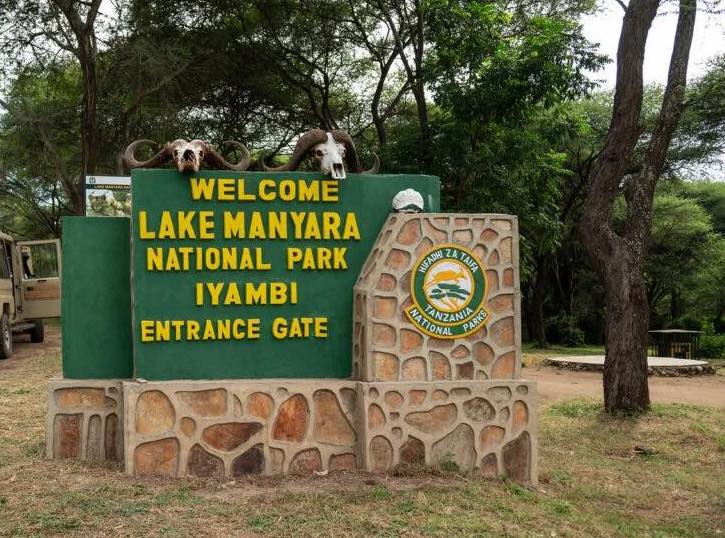
Lake Manyara National Park Weather and Climate
Lake Manyara National Park enjoys a tropical climate with distinct wet and dry seasons, each shaping the landscape and wildlife behavior in different ways. The temperatures remain relatively warm year-round, making it a pleasant destination throughout most of the year.
Dry Season (June to October)
- Temperature: 25°C to 30°C (77°F to 86°F)
- Conditions: Warm days, cooler nights, very little rainfall.
Rainy Season (November to May)
- Temperature: 20°C to 30°C (68°F to 86°F)
- Short Rains: November to December – brief but refreshing showers.
- Long Rains: March to May – heavier and more sustained rainfall.
